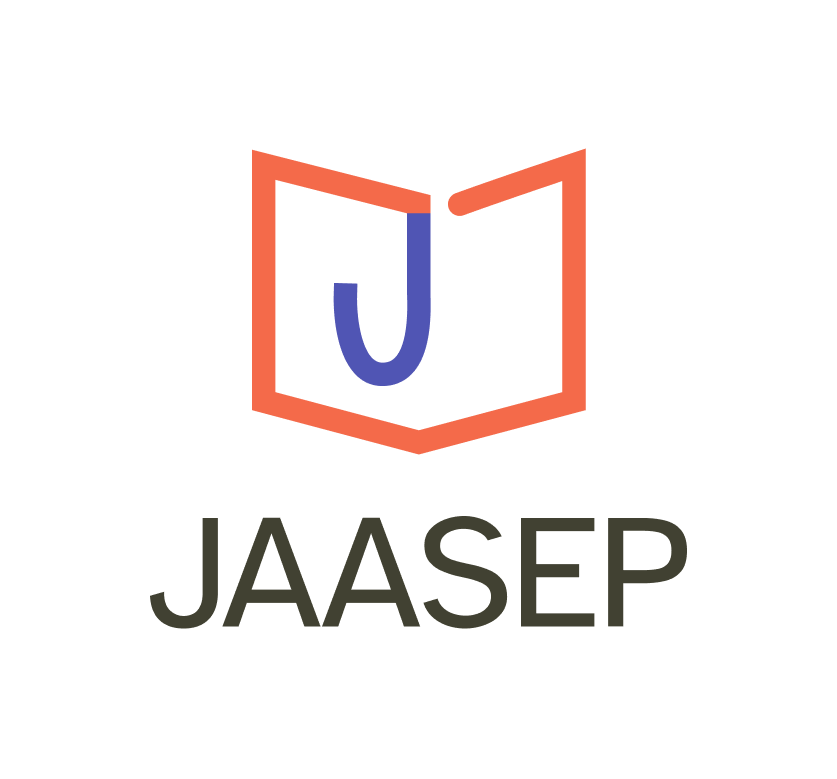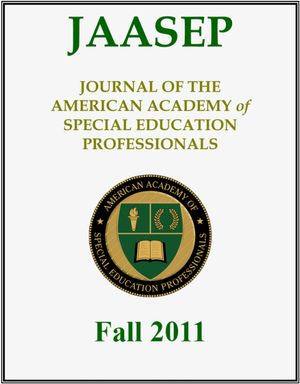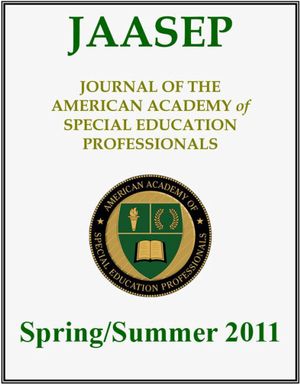Starting from:
$4.95
Use of Projective Techniques in Emotional Disturbance Evaluations
Abstract
Determining eligibility for the special education category Emotional Disturbance (ED) is a challenging task. The difficulty in identifying students with ED is due, in part, to problematic federal criteria (Olympia et al., 2004; Skiba, Grizzle, & Minke, 1994). Unchanges since 1975, these criteria have created an environment in which inconsistent assessment practices and diagnostic decisions are inevitable. The current study examines school psychologists’ ED assessment practices, and in particular, the use of projective assessment techniques in eligibility determinations. The results suggest that school psychologists regularly use these controversial diagnostic techniques despite questions regarding their psychometric soundness (i.e., reliability and validity) and utility. Among the projective measures reported, those with the most limited empirical support (e.g., H-T-P, KFDS) were most widely used.
Determining eligibility for the special education category Emotional Disturbance (ED) is a challenging task. The difficulty in identifying students with ED is due, in part, to problematic federal criteria (Olympia et al., 2004; Skiba, Grizzle, & Minke, 1994). Unchanges since 1975, these criteria have created an environment in which inconsistent assessment practices and diagnostic decisions are inevitable. The current study examines school psychologists’ ED assessment practices, and in particular, the use of projective assessment techniques in eligibility determinations. The results suggest that school psychologists regularly use these controversial diagnostic techniques despite questions regarding their psychometric soundness (i.e., reliability and validity) and utility. Among the projective measures reported, those with the most limited empirical support (e.g., H-T-P, KFDS) were most widely used.
1 file (540.2KB)



